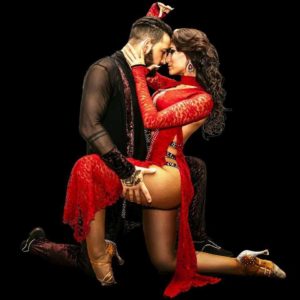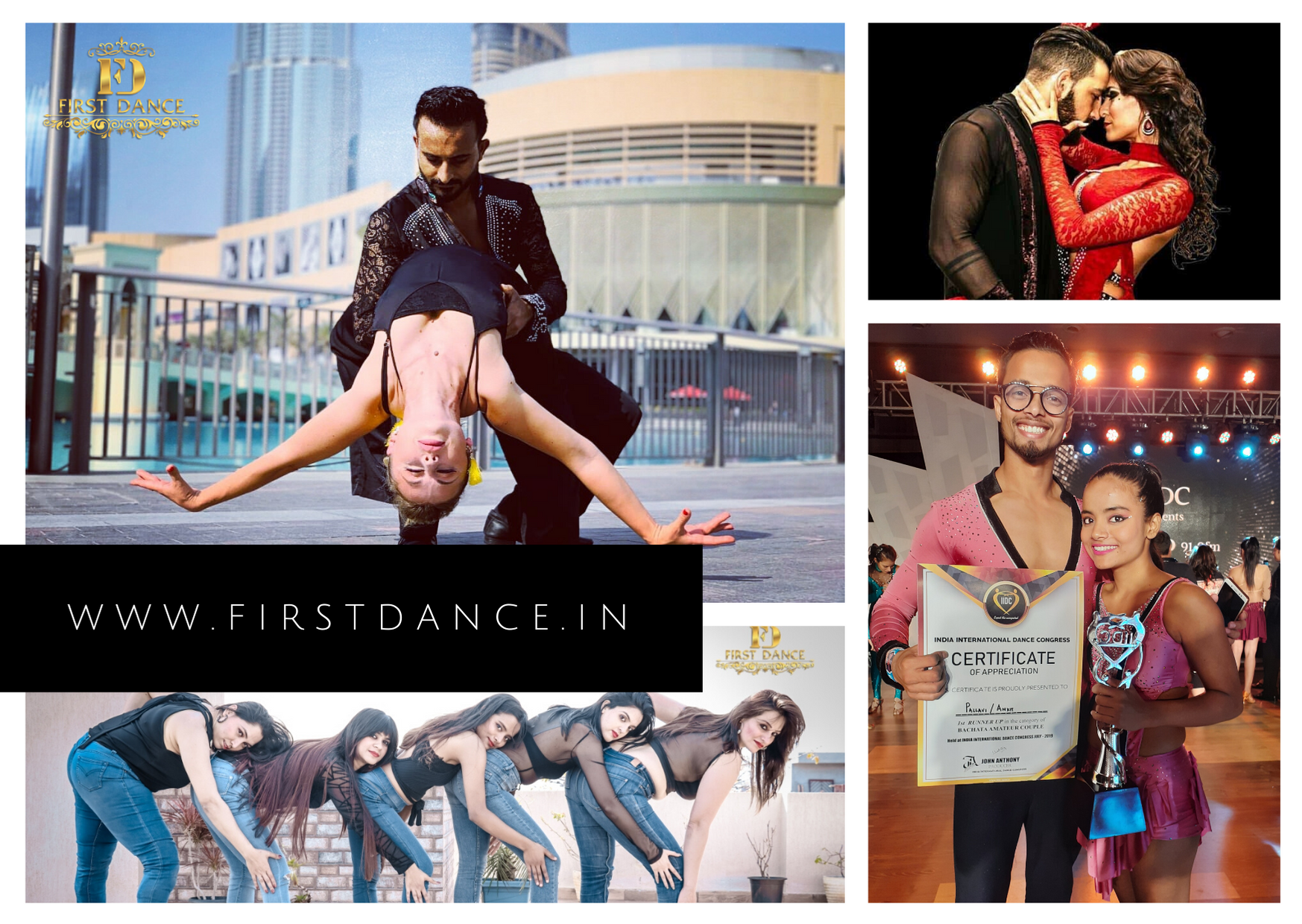Health Benefits Of Dancing

A Reflection by Gurgaon’s First Professional Dance Company
Dance is more than movement. It’s emotion, therapy, discipline, and freedom—all wrapped into a rhythm that touches the soul and transforms the body. At our studio, Gurgaon’s first dance company, we’ve seen students walk in shy, uncertain, or unaware of their potential—and walk out confident, strong, and full of life.
In this blog, we’ll explore how dance changes your body, mindset, and how you present yourself to the world, backed by global insights from the international dance community.
1. Transforming Your Body Structure
Dance engages every muscle in your body. Whether you’re doing Contemporary, Salsa, or Bachata, regular practice:
- Improves posture and spinal alignment
- Builds core strength and flexibility
- Enhances muscle tone and cardiovascular endurance
According to the American Council on Exercise (ACE), dance offers full-body conditioning comparable to gym workouts, but with more joy.
We’ve seen transformations happen in just a few months. Students who once slouched now stand tall. Their presence commands attention—without saying a word.
2. Boosting Confidence & Self-Presentation
Dance teaches you how to hold space—how to walk into a room and own it.
You become more aware of:
- How you carry yourself
- How to express emotions non-verbally
- The energy you bring to social or professional spaces
This is particularly evident in styles like Latin Ballroom, where eye contact, body carriage, and spatial awareness are essential. Dance Magazine notes that dancers often show increased confidence in both personal and career settings due to their enhanced body awareness and emotional intelligence.
At our Gurgaon studio, students often share how dance has helped them ace job interviews, speak more confidently, and feel more at ease in public.
3. Mental Wellness & Emotional Growth
Dance is a moving meditation. As your body flows, your mind lets go.
- Reduces anxiety and stress
- Builds emotional resilience
- Offers a creative outlet for self-expression
A global study shared by Harvard Health Publishing highlights how dance improves mental health, boosts memory, and promotes neuroplasticity.
Through our programs in contemporary improvisation and cultural fusion storytelling, we see students heal and rediscover themselves—especially teenagers, artists, and working professionals.
4. Cultural Connection & Global Identity
At Gurgaon’s first professional dance company, we believe dance is also about connecting to something bigger than yourself. It’s where culture meets rhythm and tradition meets innovation.
Our international collaborations allow students to:
- Learn diverse styles like Afro-Cuban, Jazz Funk, and K-Pop
- Understand global dance cultures and their significance
- Explore their identity through fusion choreography
And through platforms like the International Dance Council (CID-UNESCO), we stay connected to a worldwide network that celebrates movement as a universal language.
Final Thoughts: More Than Just Dance
Dance is transformation in motion.
It sculpts your body, rewires your brain, unlocks your creativity, and most importantly—gives you the courage to express your truth.
Whether you’re a beginner or a professional, we invite you to explore this journey with us at Gurgaon’s first dance company. Because when you start dancing, you don’t just learn steps—you learn how to move through life.
Want to Start Your Dance Journey?
Explore our programs in Contemporary, Salsa, Bachata, and Fusion Dance. Join our community of passionate dancers transforming one beat at a time.
📍 Based in Gurgaon | 🌐 Connect with CID-UNESCO | 📖 Read how dance builds confidence





